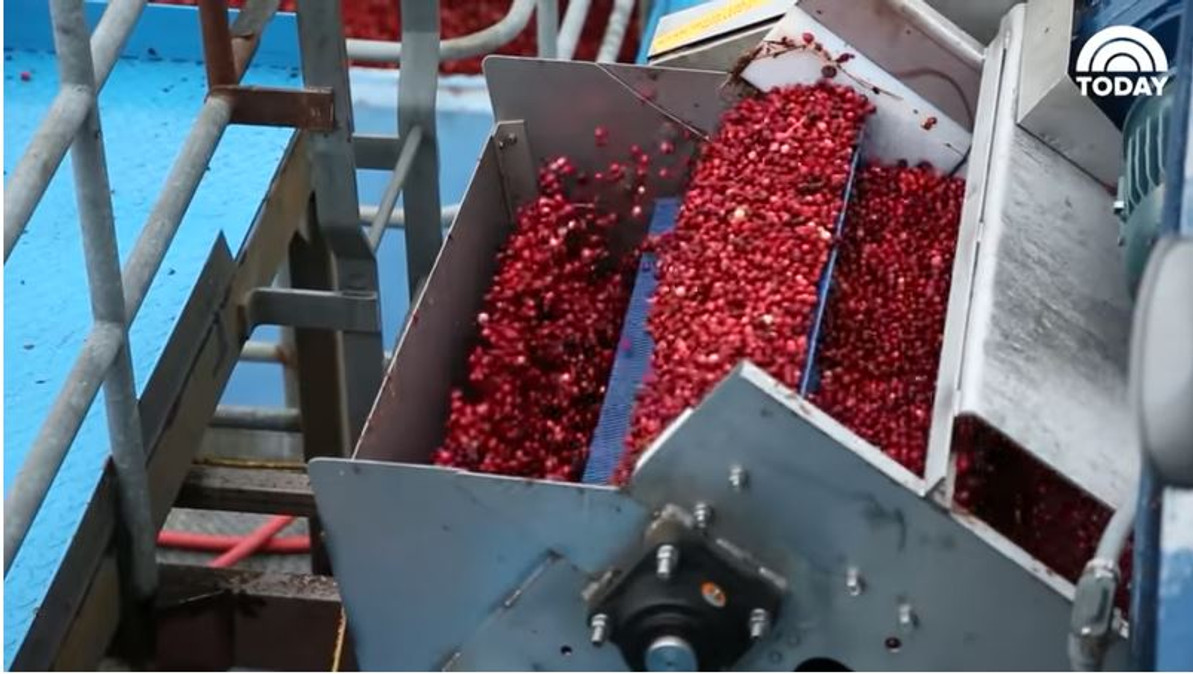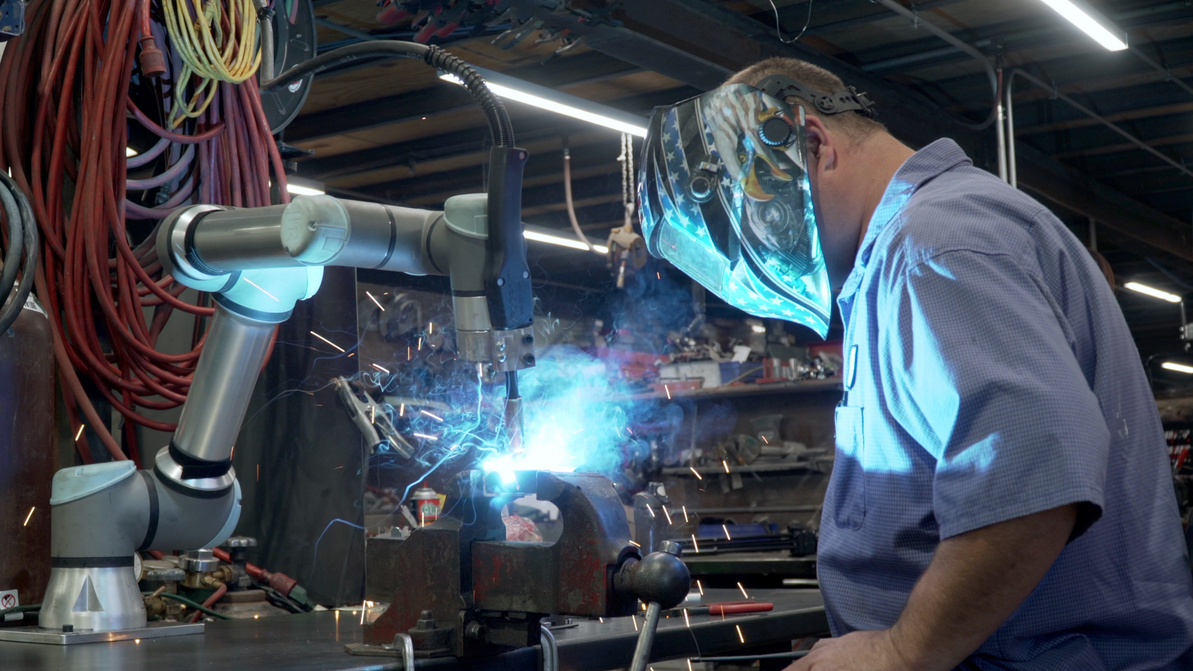The Evolution of Cranberry Sauce Manufacturing
In America, the traditional Thanksgiving table typically features a large roast turkey surrounded by mashed potatoes, stuffing, green beans, and, of course, cranberry sauce. However, individual family traditions and multicultural interpretations may vary.
The only fruits that are commercially grown in the United States are cranberries, blueberries, and concord grapes. Therefore, if you had to choose a fruit to symbolize the American harvest, cranberries are a great representation. By the 18th century, cranberry sauce was a well-known side dish for game meat like turkey, according to reports of the original Native American cranberry sauce recipes, which were made simply with sugar and water. According to The Washington Post, Amelia Simmons' 1796 textbook American Cookery has the earliest reference to a cranberry sauce recipe and instructs readers to serve roast turkey with "boiled onions and cranberry-sauce." Farmers began dry-harvesting cranberries from vines in the early 19th century, which was a laborious and challenging procedure. Cranberries didn't become more commercially viable until Ocean Spray changed the game in the 1930s by introducing the wet harvest, which is known by the iconic image of a farmer standing up to his waist in a bog covered in cranberries.
In many, if not almost all, stages of this manufacturing process, automation is present.
Hand labor still plays a very small part in this production process. Instead, at both large and small manufacturing firms, the procedure has been mechanized to create larger volumes at a reduced cost without affecting flavor. The berries were put on a conveyor belt and cleaned as soon as they arrived at the facility. They traveled on a conveyor belt to be cooked after going through an automated device that picked out the useless cranberries. A very large pot was filled with a certain amount of water and cranberries using a controlled technique. The producer then added their own blend of sugar and other flavorings with the aid of another automated process, filtered, and whipped the concoction until no pulp remained. After then, the processes of canning and labeling were once more dominated by automation. It was then ready to be distributed to retailers so that everyone might enjoy it. The jelly was put into cans, its fresh flavor sealed in, and a label with the company name wrapped around the can. If you’re curious about the intricacies of how cranberry sauce manufacturing has been improved and patented over the years, you can read US patent details here and here.
Just as in the process for manufacturing cranberry sauce, there may be room for improvement on your manufacturing floor as well. Contact us today to explore new technologies that could enhance your processes and make your floor more efficient.
Sources: https://automationsolutionsllc.com/automation-action-thanksgiving/; https://www.insider.com/why-we-eat-cranberries-on-thanksgiving-2017-11#:~:text=The%20traditional%20cranberry%20sauce%2C%20made,sauce%20as%20a%20Thanksgiving%20staple
Recent Posts
-
Using Scan Tunnels to Track, Sort and Route Warehouse Packages
If you’re using conveyor lines to move products, packages and shipments through your warehouse, the …Apr 17th 2024 -
Embracing Collaboration: How Universal Robots Transformed DeAngelo Marine Exhaust
When the welding robots made their debut at DeAngelo Marine Exhaust, there was a mix of excitem …Apr 11th 2024 -
How to Speed Up Your Warehouse Packing by 33% with Machine Vision
Packing benches are some of the busiest areas of most warehouses, with thousands of items to pack i …Apr 4th 2024




